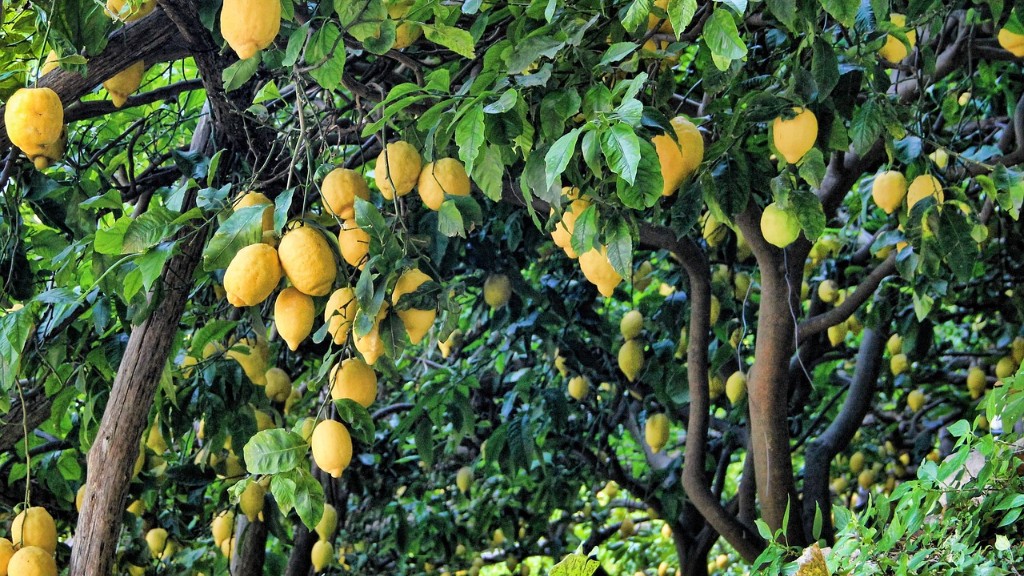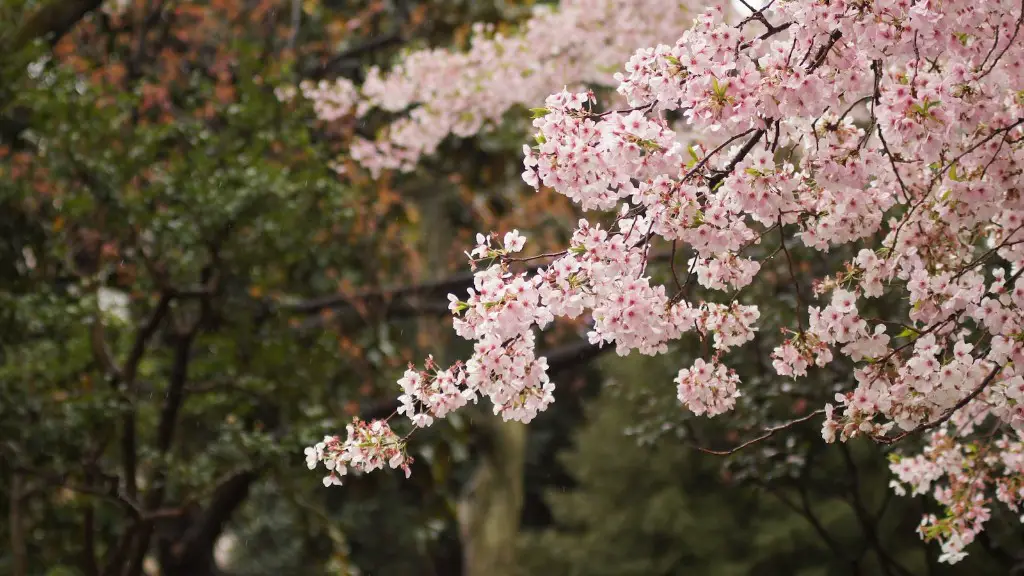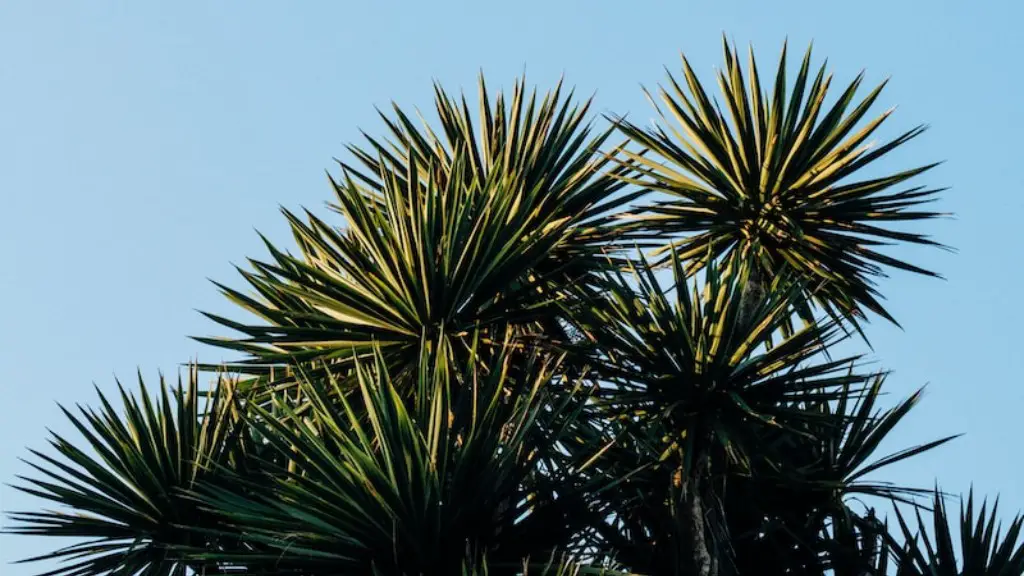When it comes to the question of when a lemon tree will produce its first harvest, there is no one-size-fits-all answer. The timeline of lemon tree fruiting is largely dependent upon the climate, variety of tree, growing conditions, and even the age of the tree. It’s important to understand the potential factors before expecting to see the first lemons.
A lemon tree typically takes two or three years to reach maturity and start producing. However, some types can take much longer. A variety called Eureka Lemon can take up to four years before its first lemon crop. An environment with adequate warmth and sunshine can speed this process up, while areas with more extreme climates can slow it down.
When a lemon tree is in its first year of growth, it will focus on building up its root system and foliage. This means it may not produce any blooms, but rather fruit in its second or third year. During this time, proper care and nutrition should be taken to promote a healthy tree. Regular watering and feeding with a balanced fertilizer will encourage a faster fruiting time.
The shape of a lemon tree will also affect when it produces. Trees grown from slightly smaller variations (dwarfing rootstocks) tend to yield much earlier, potentially in the first year. On the other hand, trees from larger rootstocks will not produce lemons as soon as their dwarf counterparts, as they prioritize building a deeper root system.
In short, when a lemon tree will produce its first harvest is not an easy answer to just give. Many factors go into play, so it is best to have some patience. Trees can take anywhere from one to four years – with proper care, products of the tree’s labor will eventually come.
Different Varieties of Lemon Trees
A wide range of citrus trees are classified as lemons, including Meyer, Lisbon, and Eureka. While all lemons will require similar environmental and nutrient needs, they differ in their characteristics, such as size and flavor. The flavor of a Meyer lemon is quite sweet and can be used both in cooking and as a snack. Lisbon and Eureka lemons are more acidic and best used in cooking and cocktails.
Certain varieties of lemons also have different fruiting cycles and maturation times. Some, such as the Meyer lemon, have a tendency to bloom multiple times throughout the year. Others, like the Lisbon, are more seasonal and will have one massive harvest in the spring months.
For a first-time grower, the Meyer lemon is perhaps the best option. It is a reliable tree, able to produce larger and more consistent fruits than its counterparts. It is also relatively robust, tolerant to cooler temperatures and not as susceptible to disease. Meyer lemons mature quickly, often bearing fruit within a year of planting.
On the other hand, lemons from the Eureka or Lisbon varieties are perhaps not the best choice for the beginner. Both are much larger, making them slower to mature and had difficulty in colder or wetter climates than the Meyer. With this type of lemon, it could take up to four years to produce the first crop.
Overall, when it comes to growing the ideal lemon tree, there are multiple options to choose from. Understanding the differences in characteristics between the various varieties will ensure the best chance of success in harvesting lemons.
Ideal Conditions for Producing Lemons
To give a lemon tree the best chances of producing lemons, the right environmental conditions must be met. Certain types of lemon trees need more warmth or sun than others, so the growing climate must be taken into consideration. Lemon trees require between six to eight hours of sun exposure every day and do best in climates that stay between 65-85 degrees Fahrenheit.
Outside of the climate, a lemon tree will need a certain amount of water to keep it healthy and growing. Regularly watering during summer months helps keep the soil moist and even helps promote fruiting. It is important, however, not to over-water as this can stunt the tree’s growth. Generally, a lemon should get around 10 gallons of water per week.
Lack of nutrients in soil will also affect the growth and fruiting of a lemon tree. Regular feeding with a balanced fertilizer will boost the health of the tree and increase its chances of a larger harvest. An organic fertilizer is the best choice for lemon trees, as it is kinder to the environment.
Additionally, pruning is an important part of maintaining and harvesting lemons. Pruning every two or three years helps keep a tree healthy, promote more blooming, and can even help to reduce pests. This is highly dependent upon the type of tree, so it is best to research the specific needs of your variety.
In conclusion, while it may vary between varieties and growing conditions, there are some basic factors that need to be met to give a lemon tree the best chances of producing lemons. Providing adequate water, sun, and nutrition to the tree will help it to mature faster and give a larger and more consistent harvest.
Common Pests and Diseases for Lemon Trees
While providing appropriate nutrition can help to reduce pests and diseases in lemon trees, it is still a possibility that first-time growers will experience some damaging bugs. Scale insects and mealybugs are the most common pests in lemon trees. These can be treated with specific insecticides that can be safely used on edibles. However, it is best to take a more natural approach first, such as regularly spraying with a mixture of warm water and mild soap.
Fungal problems are also very common in lemon trees. The two most common forms are powdery mildew and sooty mold. Symptoms may include brown or grey patches on leaves that gradually become yellowed. The best way to treat fungal issues is to increase air circulation and diminish dampness. Keeping leaves dry, avoiding overhead watering, and regular pruning can help to reduce the risk of fungal problems.
Another issue that can affect lemon trees, especially those in cooler climates, is frost damage. Lemons are very sensitive to cooler temperatures, so it is important to try to keep tree temperature stable. If frost does occur, the best way to treat is to apply a generous amount of winter mulch around the tree. This helps to protect the trunk and roots and can also aid in irrigation.
Finally, one of the most easily overlooked problems when caring for a lemon tree is root rot. This is where the soil does not properly drain and excess water builds up at the roots. Such an environment is the perfect breeding place for fungi and bacteria. To reduce this risk, soil should only be watered when it is dry and never allowed to pool around the base of the tree.
In conclusion, while pests and diseases can be a threat to lemon tree health, they can be prevented or treated if the signs are noticed quickly. Keeping the tree healthy and protected with good soil, irrigation and pruning can help reduce any potential dangers.
Harvesting Lemons
When harvesting a lemon crop, it is important to take proper precautions to ensure the trees remain healthy and the fruit is not damaged. Depending on the variety, some lemons can be picked by hand while others may require scissors or a sharp harvesting tool.
Lemons that are ripe will often have a darker hue than those that are still unripe. If personally inspected, a ripe lemon should also have a slightly soft flesh and have a strong, tart aroma. Taking off unripe fruits is beneficial for the tree as it allows for more nutrients to be used on the fruits that remain on the tree.
The best way to store lemons is in a well-ventilated plastic bag. This should then be placed in the refrigerator to keep the fruit from spoiling. If lemons are only being kept for a small amount of time, then a cool spot in the kitchen or garden can also suffice.
Helpful strategies for harvesting large amounts of lemons include staggering the picking over a few days. This helps to give time for the tree to start the production of more fruits and helps the tree to adjust to the changing number of fruits.
Finally, if the intention is to start selling the lemons then you should be aware of your local laws regarding the sale of produce. In some places it is illegal to sell produce from a home-garden unless legal measurements have been taken.
In conclusion, while the idea of harvesting lemons may seem simple enough, certain precautions need to be taken to ensure a good crop. Being aware of the season, the ripeness of the fruit, the size of the crop, and the local laws can guarantee a successful harvest.



